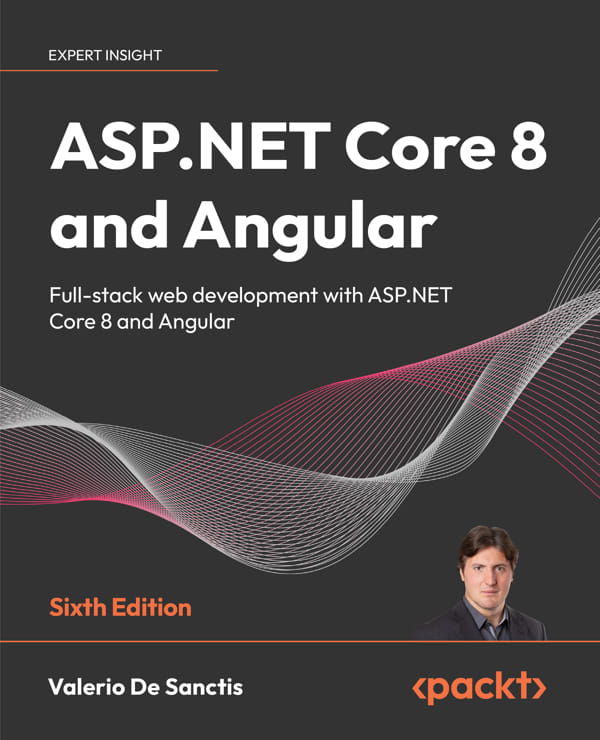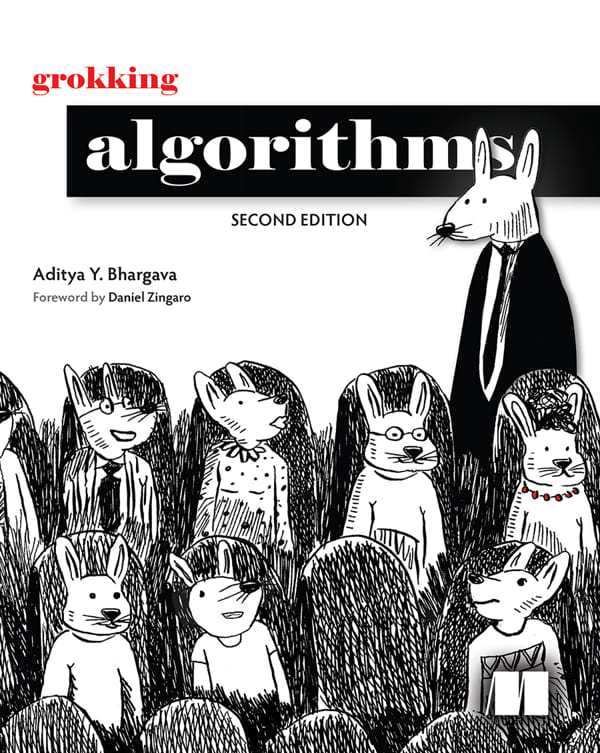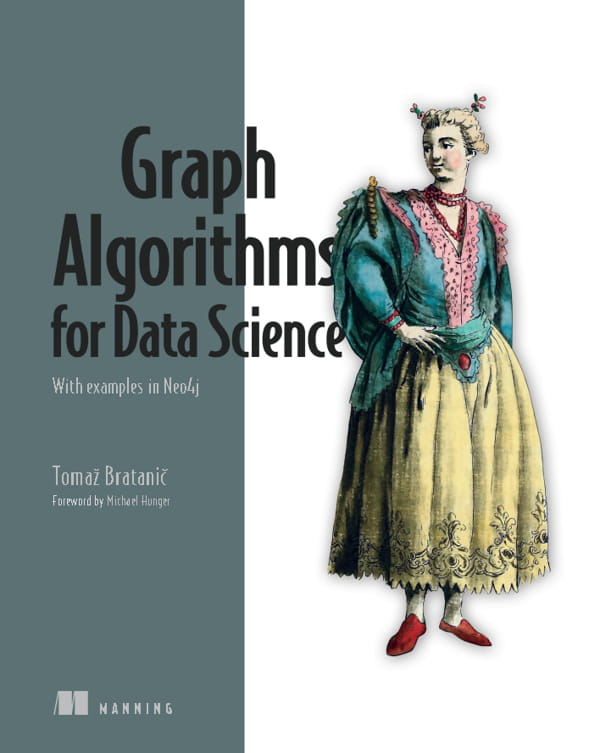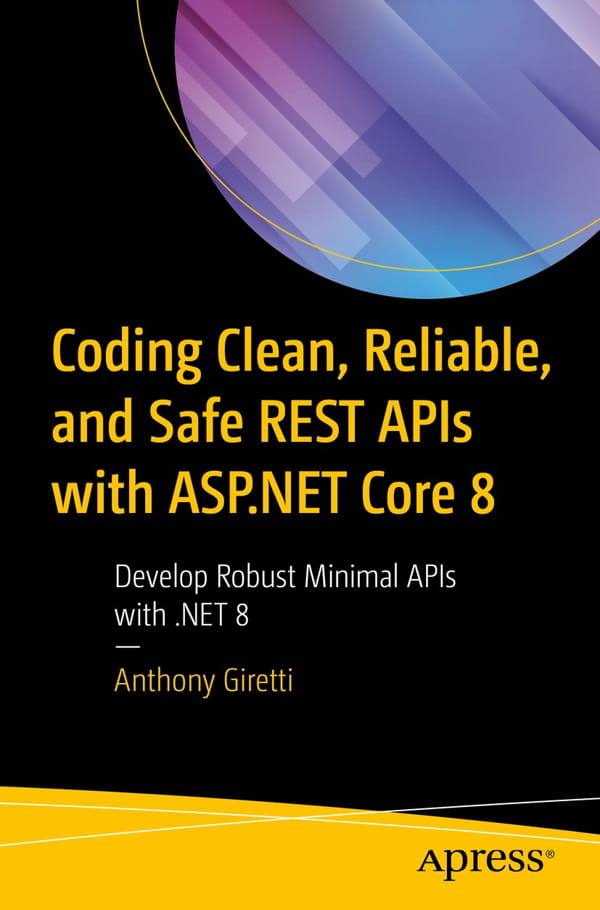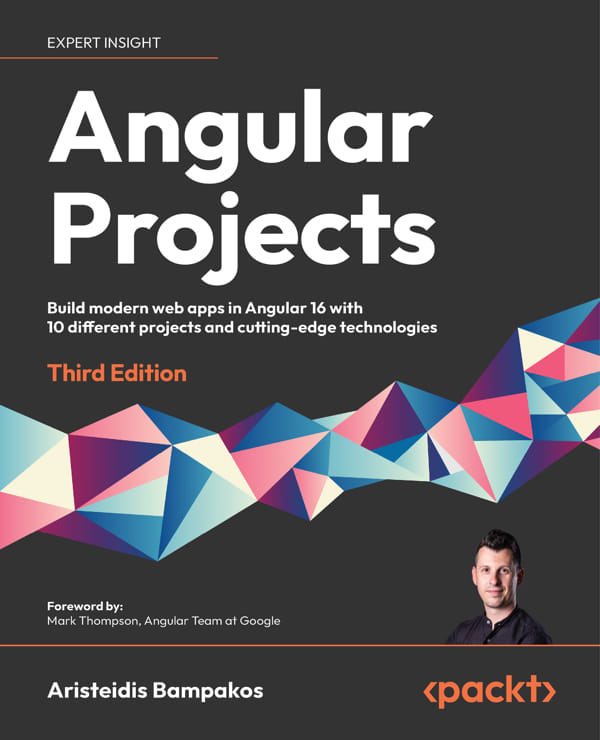جاوا پرتقاضاترین زبان برنامه نویسی در بین توسعه دهندگان نرم افزار است و یکی از مهمترین مهارتها برای متخصصان کلان داده است. دوره ویدیویی Java Fundamentals: The Core Platform موسسه Pluralsight که توسط Jim Wilson تدریس شده است، پوشش کاملی از پلتفرم اصلی جاوا را ارائه میدهد و پایه و اساس لازم برای شروع به توسعه برنامههای کاربردی جاوا را با استفاده از ویژگیها و قابلیتهای (Java Runtime Environment (JRE، برای شما فراهم میکند. همچنین این دوره، مهارتهای لازم را برای شما فراهم میکند تا به سرعت و با استفاده از JRE شروع به توسعه و ساختن برنامه با جاوا کنید.
در دوره مبانی جاوا، ابتدا شما چگونگی کار با streamها، فایلها و سیستم فایل را یاد میگیرید. شما همچنین درباره مباحث I/O مرتبط با کار کردن با فایلها از جمله باز کردن و بستن فایل ها، تشخیص پایان فایل و buffering خواهید آموخت. در ادامه، در مورد پیکربندی اجرای برنامه و بستر ها، قابلیتهای موجود و بحثهای مفصل درباره متغیرهای محیطی PATH و CLASSPATH که روی runtime جاوا تأثیر میگذارند، میآموزید. سرانجام، درمورد multithreading و همزمانی خواهید آموخت و به ایدههای اصلی چرخه عمر thread راه اندازی همراه با سرویس پیچیدهتر مجری نگاهی خواهید انداخت. پس از تماشای این دوره، شما آماده خواهید بود تا با هر کدام از محیط هایی که به جاوا تکیه میکنند کار کنید.
فیلم آموزشی «مبانی جاوا: پلتفرم اصلی» موسسه پلورال سایت که توسط Jim Wilson تدریس شده است، دارای زیرنویس انگلیسی است.
Table of Contents:
Course Overview
- Course Overview
Introduction
- Introduction
- The Role of the Java Core Platform
Input and Output with Streams and Files
- Introduction
- Streams Overview
- Reading and Writing with Streams
- Common Stream Classes
- Stream Errors and Cleanup
- Demo: Working with Try-with-resources Part 1
- Demo: Working with Try-with-resources Part 2
- Chaining Streams
- File and Buffered Streams
- Accessing Files with the java.nio.file Package
- Using Default File System and Zip File Systems
- Demo: Creating a Zip File System
- Demo: Copying and Writing Files to Zip File System
- Summary
String Formatting and Regular Expressions
- Introduction
- More Powerful Solutions to Creating String Representations
- Joining Sequences of Values with StringJoiner
- StringJoiner Edge Case Handling
- Constructing String with Format Specifiers
- Common Format Conversions
- Format Flags
- Argument Index
- Writing Formatted Content to a Stream
- String Matching with Regular Expressions
- String Class Support for Regular Expressions
- Dedicated Regular Expression Classes
- Summary
Working with Collections
- Introduction
- A First Look at Collections
- Collections and Type Safety
- Collection Interface
- Java 8 Collection Features
- Converting Between Collections and Arrays
- Collection Types
- Sorting
- Map Collections
- Sorted Map Collections
- Summary
Controlling App Execution and Environment
- Introduction
- Command-line Arguments
- Demo: Filenames with Spaces and Passing Args to an IDE
- Managing Persistable Key/Value Pairs
- Store and Load Property Values
- Properties Persisted as XML
- Providing Default Properties
- Demo: Loading Default Properties from a Package
- Default Class Loading
- Specifying Class Path
- Class Path Structure
- Class Loading with -jar Option
- Execution Environment Information
- Summary
Capturing Application Activity with the Java Log System
- Introduction
- Log System Management
- Making Log Calls
- Log Levels
- Types of Log Methods
- Parameterized Message Methods
- Creating/Adding Log Components
- Built-in Handlers
- Built-in Formatters
- Log Configuration File
- Making the Most of the Log System: Naming & Hierarchy
- Summary
Multithreading and Concurrency
- Introduction
- A Quick Look at the Basics
- The Move to Multithreading
- Java Threading Foundation
- Thread Pools
- Creating a Closer Relationship Between Thread Tasks
- Concurrency Issues
- Coordinating Method Access
- Manual Synchronization
- Manually Synchronized Code
- More Concurrency-related Types
- Summary
Runtime Type Information and Reflection
- Introduction
- Overview
- Type as a Type
- Accessing a Type's Class Instance
- Accessing Type Information
- Accessing Type Member Information
- Interacting with Object Instances
- Instance Creation with Reflection
- Instance Creation with Reflection Revisited
- Summary
Adding Type Metadata with Annotations
- Introduction
- The Need to Express Context and Intent
- Using Annotations
- Declaring Annotations
- Accessing Annotations
- Annotation Target and Retention
- A Closer Look at Elements
- Summary
Persisting Objects with Serialization
- Introduction
- Java Serialization Overview
- Being Serializable
- Serializing/Deserializing an Object
- Class Version Incompatibility
- Creating Class Version Compatibility
- The Need for Custom Serialization
- Customizing Serialization
- Transient Fields
- Summary

 می پسندم
می پسندم
 به درد نمی خوره
به درد نمی خوره





